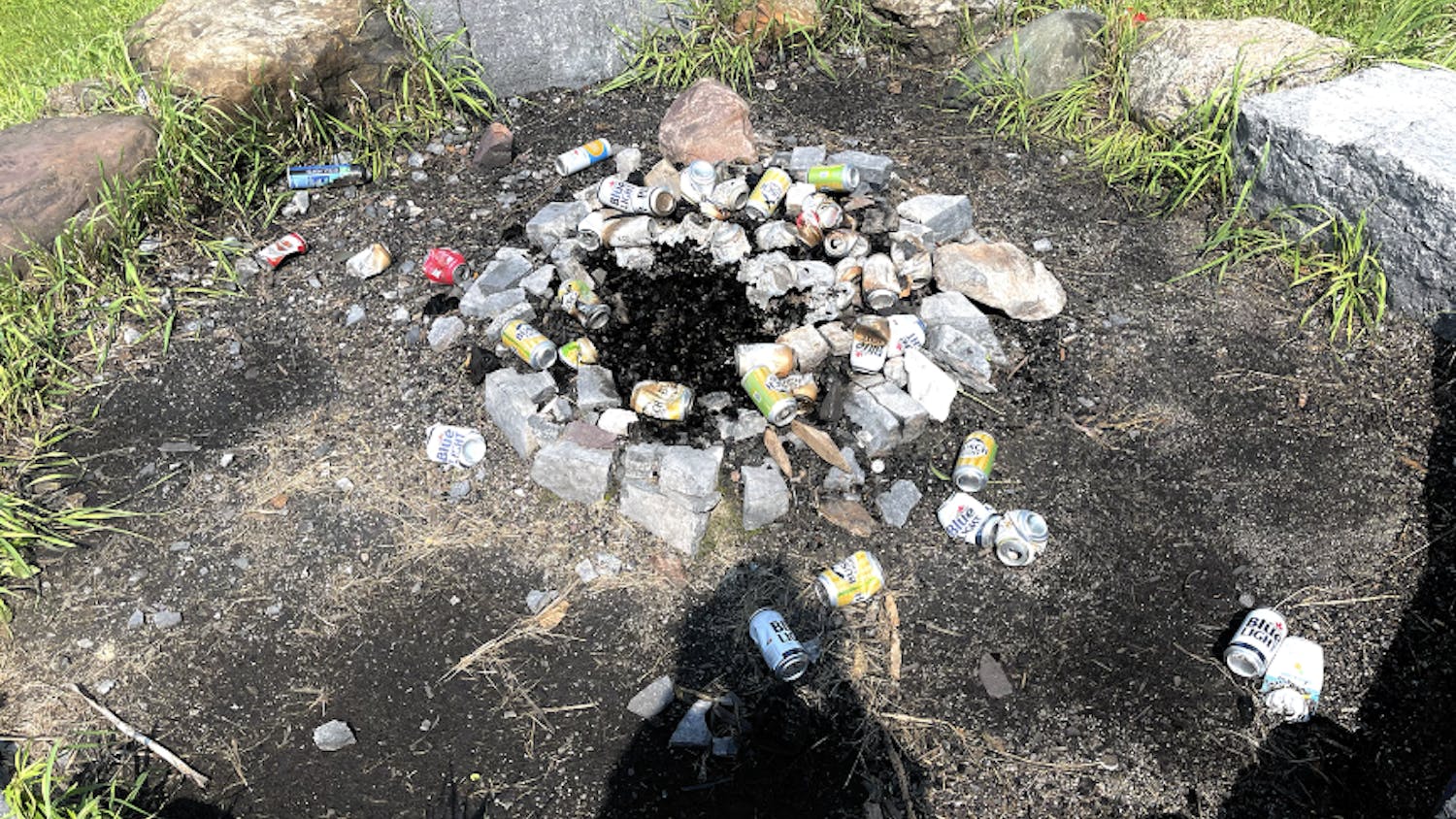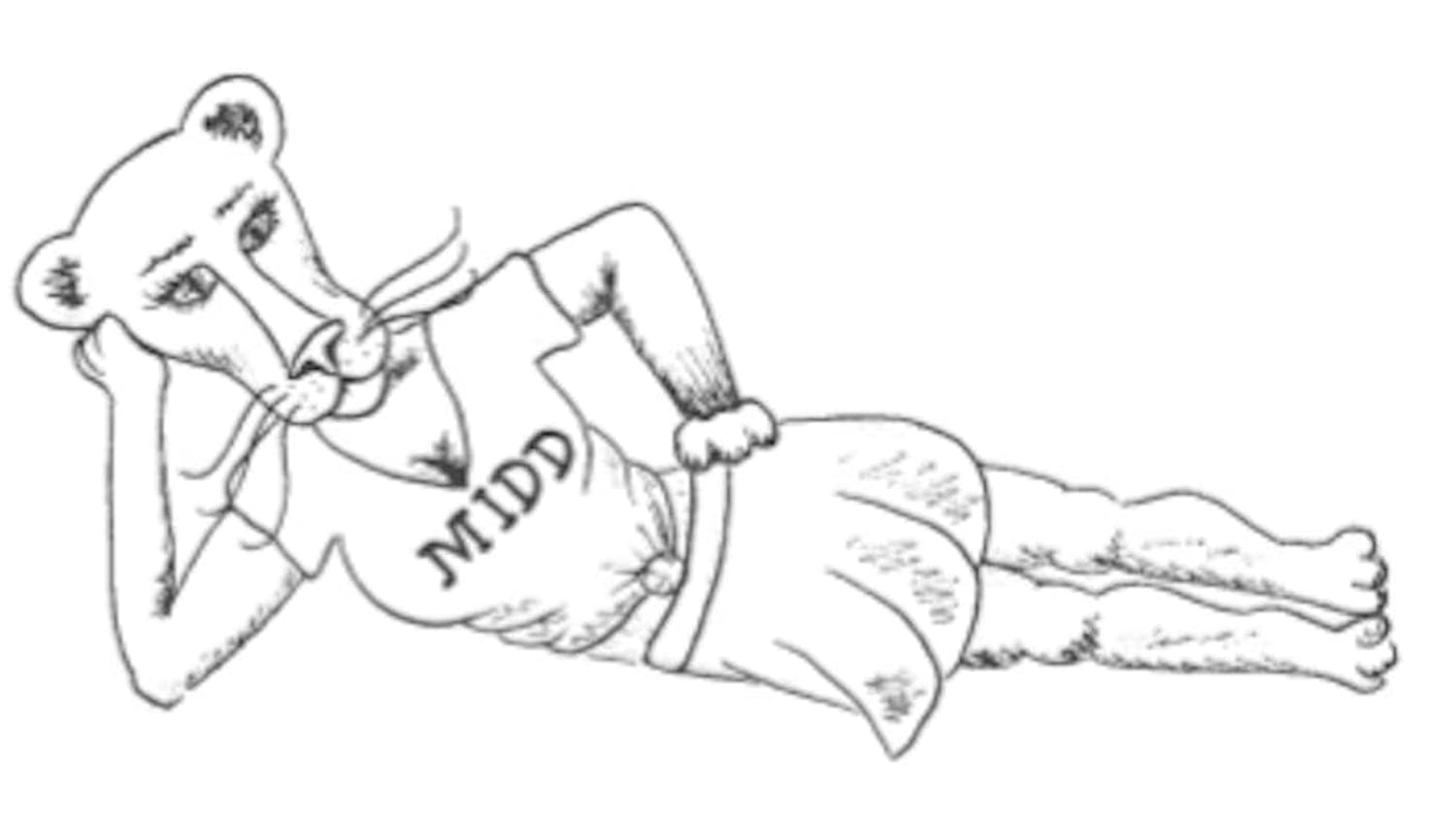The action on Sept. 11, 2013 carries intense emotions for a few reasons. On the one hand, the 9/11: Never Forget Project plays on the heartbreak of the day year after year to maintain the emotion of being attacked. On the other, using the American flag carries a long legacy of American imperialism, colonization, and genocide on this land. The irony of the project is that it employs one symbol which can bring up emotions of American vulnerability and sadness for some people, while also reminding others of American aggression and violence around the globe. For a moment, let us try to put aside the rhetoric of Sept. 11 that has been so deeply ingrained in our minds and begin to listen to the other histories that occured in Middlebury, VT.
At Middlebury, we rarely talk about colonization and our college’s role in the genocide of the Abenaki people who still live in Vermont. Many of you who are reading this are probably sitting in Proctor dining hall. Our dining hall is named after Redfield Proctor, Jr., who was the 59th Governor of Vermont. Proctor directly advocated for the forced sterilization bill that passed in the Vermont House of Representatives in 1931. Under this racist and classist policy, the Abenaki people were targeted for forced sterilization. In order to protect themselves, many Abenaki families were forced to deny their heritage, their language, and their culture in order to “pass” as settlers here in Vermont. In doing so, the legacy of colonization continued.
Some Mi’kmaq people also recognize that our college is on native burial grounds. Last spring, a group of Middlebury students went in solidarity to an Idle No More protest in Montpelier, VT. There, we met Mi’kmaq folks who, when hearing of Middlebury College, told us that the college sits on native artifacts and burial grounds. When we returned to the College after the protest, we submitted a resolution to the Student Government Association to meet with Abenaki band councils to discuss this history and begin the process of reparations and repatriation. This resolution still needs support, and you can do so by continuing these conversations and working to build relationships with the Abenaki band councils in Vermont to learn about the College’s role in colonization and how we can begin to change.
I believe that as settlers on Turtle Island (North America), we should support the actions of indigenous people in beginning to decolonize. Anna Shireman-Grabowski ’14.5 was working with Amanda Lickers, a member of the Haudenosaunee Confederacy, in this action. Those who died on Sept. 11 certainly deserve a place in our memory and hearts. We must remember, however, that using the American flag as a symbol for their lives carries with it a long legacy of genocide and colonization on this land. At “The College on the Hill,” we have a particularly horrific history. Middlebury College has been complicit with the genocide of Abenaki people in Vermont. These are parts of our college history that need to be addressed by working with the Abenaki Band Councils to make reparations. The action on Sept. 11 should remind us that we have a duty to not only remember the 3,000 people who died 12 years ago, but also to address our history of colonization and the genocide of millions of indigenous people on this land we call “America.”
SAM KOPLINKA-LOEHR '13 is from Ithaca, NY



